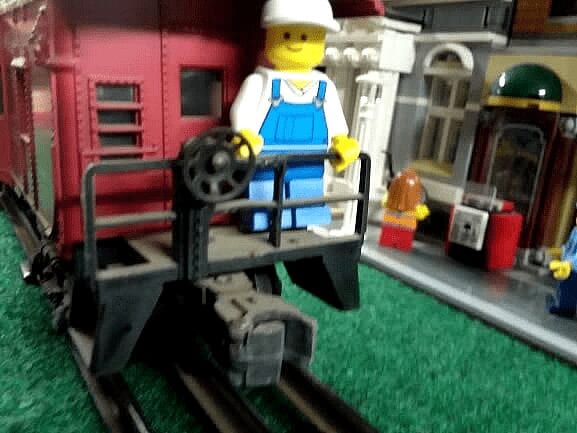Discover the Magic of Toy Trains
Toy trains. It’s not always easy for enthusiasts to explain our passion for these enchanting scaled-down versions of life-size locomotives. Our appreciation is often rooted in nostalgia for childhood, though the lively hobby of collecting, building, and operating toy trains is serious business to many adults. Of course, that does not mean that we don’t have child-like fun with toy trains, no matter our numerical age!
The Train Collectors Association exists to cultivate camaraderie among toy and model train collectors, as well as share resources so we can all grow our knowledge and appreciation of toy trains. Find out more on this page.






